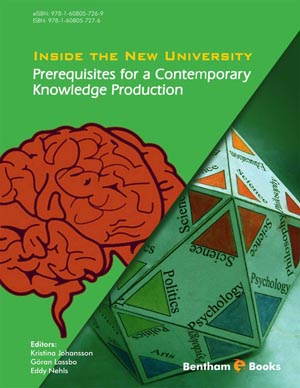Abstract
SHS investigation development is considered from the geographical and historical viewpoint. 3 stages are described. Within Stage 1 the work was carried out in the Department of the Institute of Chemical Physics in Chernogolovka where the scientific discovery had been made. At Stage 2 the interest to SHS arose in different cities and towns of the former USSR. Within Stage 3 SHS entered the international scene. Now SHS processes and products are being studied in more than 50 countries.
Abstract
Increasingly, the transitions between institutions of higher education and working life are attracting interest and becoming more important due to changes both in students’ academic “trajectories” and in the organisation and nature of working life, tasks and careers. The first part of this article discusses some experiences from a project, aiming to facilitate these transitions for students in co-called co-op education, i.e. study programmes that intersperse academic studies with internships. The project consisted of students writing cases, based on their experiences of these internships, as a way of integrating learning in the workplace with learning in the classroom. The second part of the article relates the cases and the writing of them to the concept of boundary objects in order to draw some conclusions about the nature and design of such objects. The conclusion is that such cases seem well suited as a basis for an intelligible translation between academia and working life.
Keywords:
Case Method, Case Writing, Dialogical Reflection, Working Life Experiences, Integration Between Theory and Practice, Instructional Design, Boundary Crossings, Boundary Objects, Transition, Academia, Students, Transfer, WIL, Case, Learning Environments, Debriefing, Reflective Practice.
Recommended Chapters
We recommend

Authors:Bentham Science Books


 Download PDF Flyer
Download PDF Flyer



